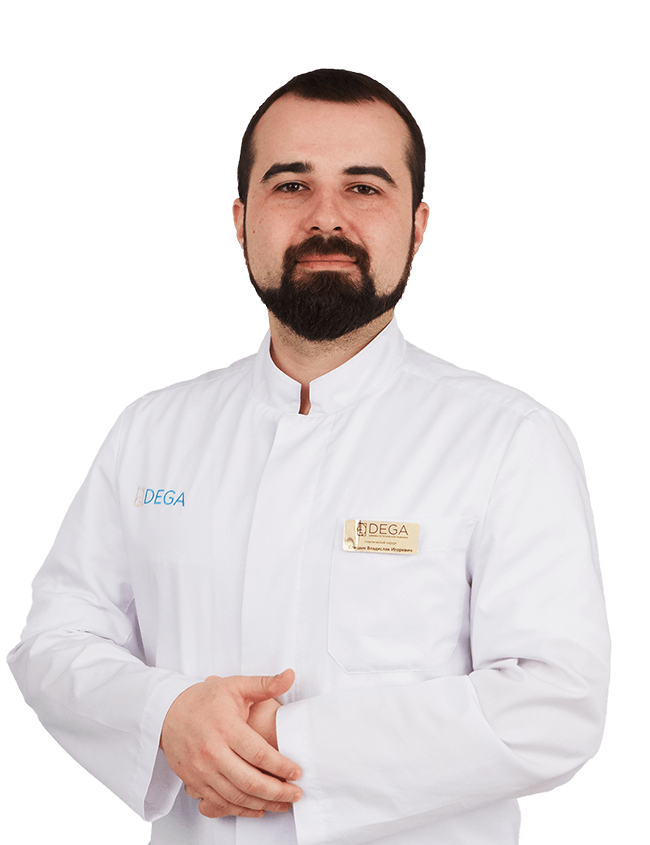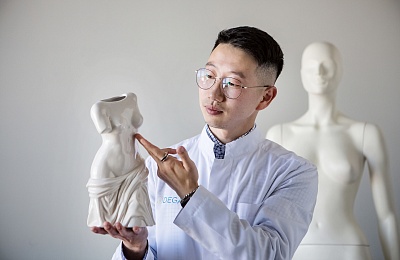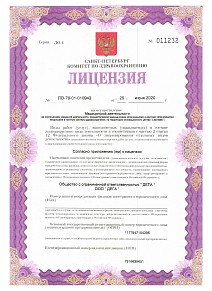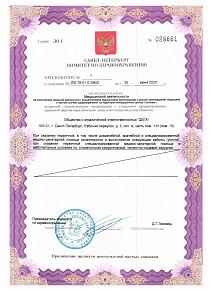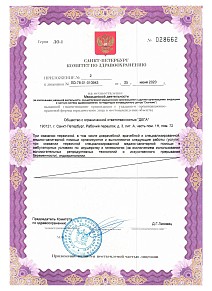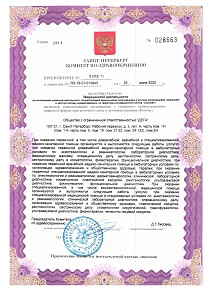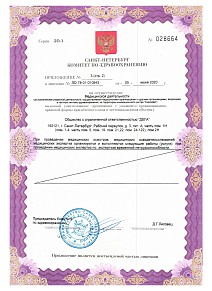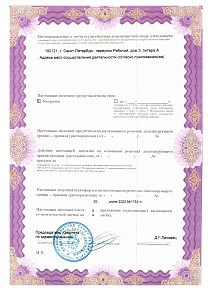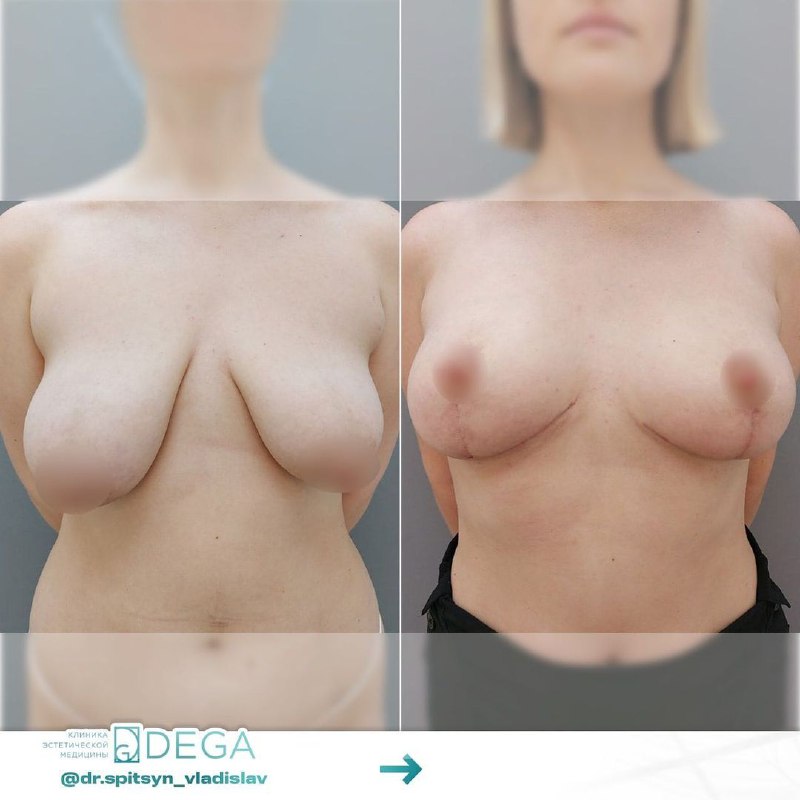
What are tubular breasts? What causes them to form? Does tubularity affect your ability to breastfeed? How to correct this feature? And why implants won't do? Plastic surgeon Vladislav Spitsyn, an expert in the field of aesthetic surgery of face and body, tells us.
THE TUBULAR FORM IS A GENETIC FEATURE OF BREAST DEVELOPMENT THAT IS CHARACTERIZED BY THE FOLLOWING FEATURES:
- Underdevelopment of the gland;
- The position of the pectoral fold is too high;
- The areola and nipple size do not match the volume of the breast;
- Significant interthoracic space;
- Breast asymmetry.
Tubularity can appear in varying degrees. From almost imperceptible, when the gland is slightly pointing downwards, to pronounced, when the breast is visually shaped like a "mushroom" or a tube. Hence the name, by the way. The breast does not look like the usual hemisphere, but like an elongated tube.
CAN IT AFFECT FEEDING AND HEALTH?
No. Tubular breasts are not pathological.
CAN AFFECT SELF-ESTEEM?
Yes. As my personal statistics show, girls with this type of breast shape often come in for a consultation and surgery afterwards.
Plasty of such breasts is not easy. Implants alone cannot correct a tubular shape. For example, if the lower pole of the breast is underdeveloped, and with tubularity, this is common, simply placing an implant can tilt the nipple even lower.
In order to avoid this it is necessary to perform a set of manipulations, among which:
- Dissection of the gland and fascia. This is done in order to spread out and increase the area of the breast spot;
- Lowering of the pectoral fold. Since the tubular implies a cone-shaped shape, the lowering is aimed at giving the breast a classic hemispherical outline.
IMPLANTS IN THIS CASE ARE SUITABLE FOR POLYURETHANE FOAM AND ANATOMICAL IMPLANTS. A ROUND AND TEXTURED IMPLANT MAY NOT BE FIXED ON THE GLAND AND WILL NEED TO BE OPERATED ON AGAIN.
YES, TUBULAR BREASTS ARE A DIFFICULT CASE TO CORRECT. BUT IT IS ALWAYS POSSIBLE IF YOU HAVE AN EXPERIENCED SURGEON.

